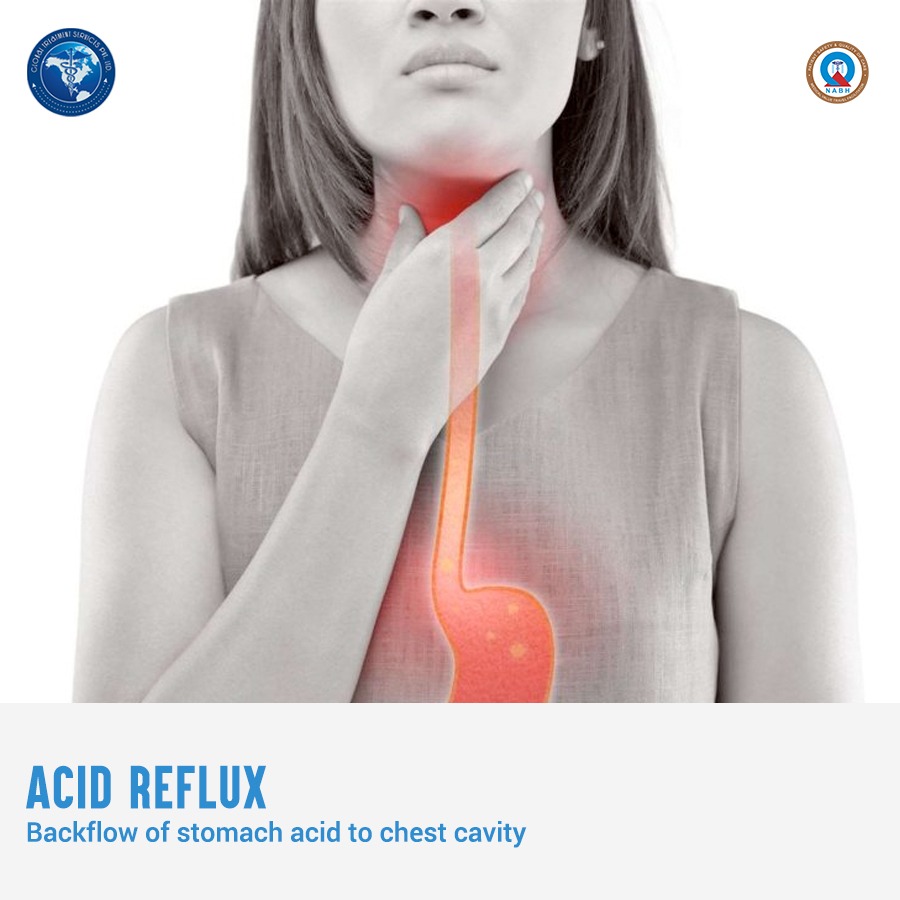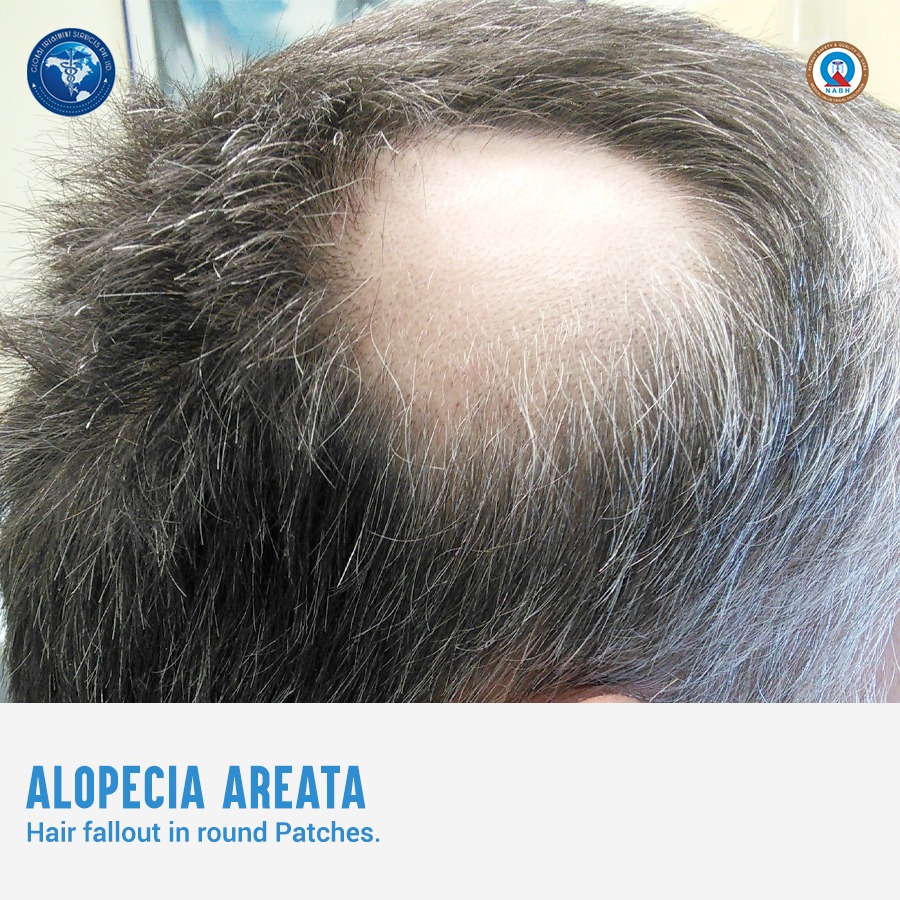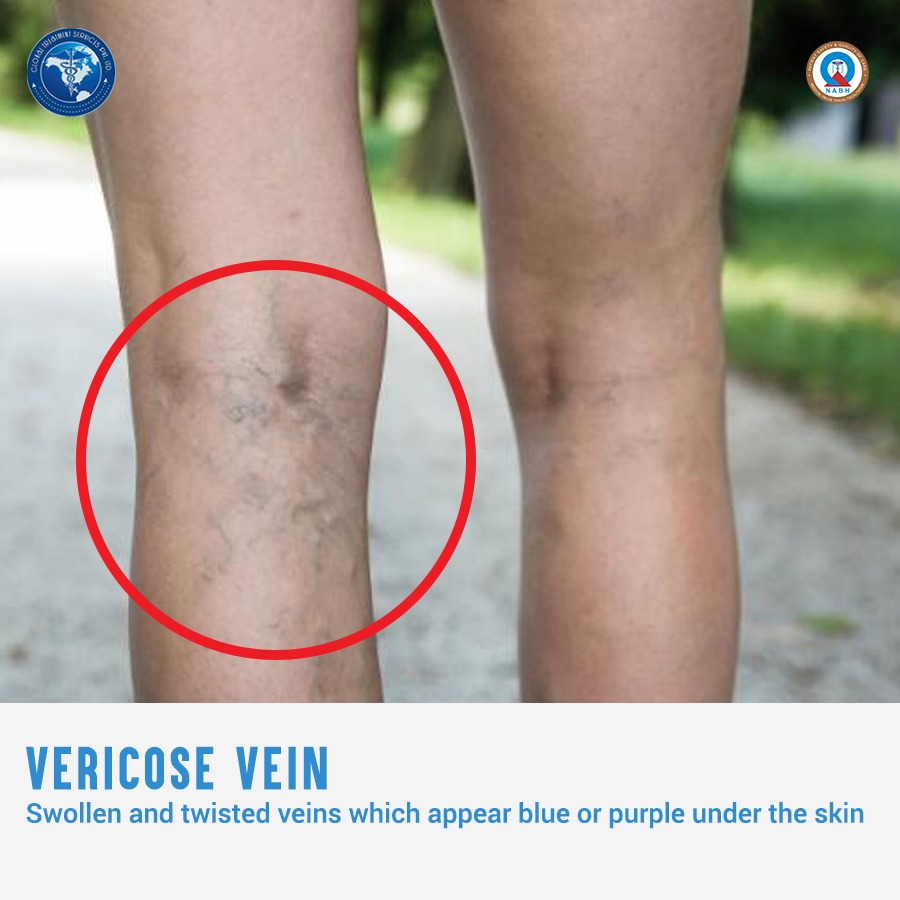Breast milk is the primary nutrition source for the newborn. According to WHO, newborn babies should be fed exclusively with breast milk for the first six months. It is the complete nutrition source till six months of age. The rich composition of the breast milk protects the baby against infections, diseases and illness. Bless fully, the benefits of which continue even long after breast feeding has ended.
STAGES OF BREAST MILK
Breast milk is typically studied under three stages. The colostrum, transitional milk and mature milk.
Colostrum is the thick yellow sticky breast milk produced during the end of pregnancy and during the first few days after delivery. It is high in protein, low in fat and has abundant amount of immunoglobulin(IgA) and white blood cells to fight infections. It also act as a natural laxative by helping to prevent jaundice and clearing meconium from the baby’s body.
Transitional breast milk comes in as a combination of colostrum and mature milk three to five days after birth of the baby.
Mature human milk contain fat (3%-5%), protien (0.8%-0.9%), carbohydrates (6.9%-7.2%), calculated as lactose. The energy content of breast milk is 60-70kcal//100ml. The protein content is more than the carbohydrate content in the colostrum than the matuem milk. There is no consistent compositional difference between milks from the two breasts unless one is infected.
COMPOSITION OF BREAST MILK
The nutrient rich complex composition of breast milk include water, protien, carbohydrates, fats, immunoglobulins, vitamins, minerals, enzymes and hormones. The composition may varies among mothers and within the same mother throughout a day. This variation over time helps to meet the needs of a growing child.
The principal protein of human milk is casein. It is homologous to bovine beta- casein, alpha lactalbumin, lactoferrin, immunoglobulin IgA, lysozyme and serum albumin.
The principal sugar of human milk is lactose. Apart from lactose 30 or more other oligosaccharides are also present. These amount is the aggregate to as much as 1g/100ml in mature milk and 2.5g/100ml in colostrum. Some of them has the ability to promote growth of certain strains of lactobacilli.
The principal fat elements in human milk are palmitic acid and oleic acid.
The principal mineral constituents are sodium, pottasium, calcium, magnesium, phosphorus, and chlorine. The iron, copper and zinc contents of human milk varies considerably.
BENEFITS OF BREAST MILK
- Water: Water which makes up 90% of the breast milk keeps the baby hydrated and help to regulate body temperature , lubricate and protect internal organs.
- Carbohydrates: Apart from being the energy provider , it is also linked to greater brain development.
- Lipids: lipids or fats play a major role in the baby’s weight gain as he grows.
- Protein: It helps to build, strengthen and repair the body. Protein lactoferrin in the milk is associated with the iron transport in the body.
- Immunoglobulins/ antibodies: They are baby’s first vaccine. It helps fight off germs, bacteria, fungi, viruses, parasites and diseases. IgA ,the main immunoglobulin prevents germs from entering the nanbab body and blood.
- Vitamins protects the baby from scurvy, rickets,and other deficiency diseases.
- Minerals helps to build strong bones, produce red blood cells and helps in the proper functioning of muscles and nerves.




















